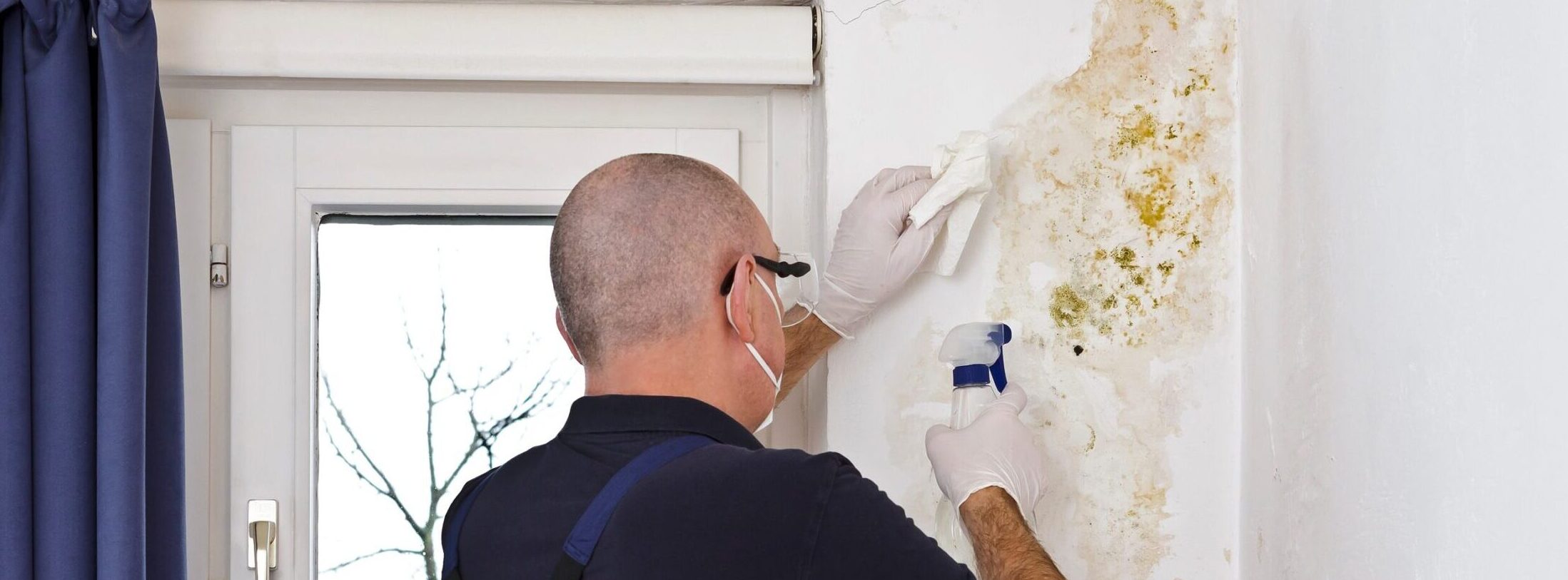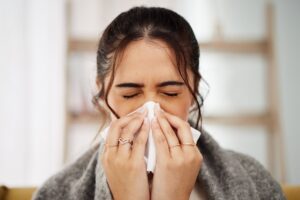Mould Allergy – What You Need to Know

We are in the time of year when we consistently see more patients presenting with symptoms that are consistent with mould allergy. This subsequently being confirmed by testing with an appropriate panel of mould extracts.
It’s important to understand that mould allergy can be a problem at any time of the year, especially indoors; however, Sydney’s relative humidity climbs through late summer and is at its highest from February to May. While the air is still warm enough, the subsequent increase in available moisture creates optimal conditions for fungal growth, and outdoor levels of mould spores are generally at their highest.
If indoor factors that support mould growth are present, then these fungi are more likely to colonise our home environment.

Mould Allergy Factors
A primary factor is poor ventilation. This is especially important in bedrooms, cupboards, and wardrobes, which are more likely to be adjacent to colder outside walls and, with the drop in temperature at night are more vulnerable to rises in relative humidity that promote rapid mould growth. These are also commonly on the colder, southern side of the house and are more vulnerable to condensation. They should be aired out with open windows after a night’s sleep.
Other Factors Include:
- The presence of cooler indoor surfaces results in increased condensation when surface temperature drops below dew point
- Trees and shrubs adjacent to the building blocking sunlight
- Previous water damage to carpets or cupboards, and leaks in plumbing in inside walls or underfloor may all add to increased levels of airborne mould
Asthmatics may be more sensitive to mould, as can allergic rhinitis patients, and this may, in a reasonable proportion of patients, be an important factor contributing to an exacerbation of their symptoms.
The golden rule is that if you can see or smell mould, do something about it.
We have in our Practice the ability to test for a large number of mould species and the option of desensitisation to them.

